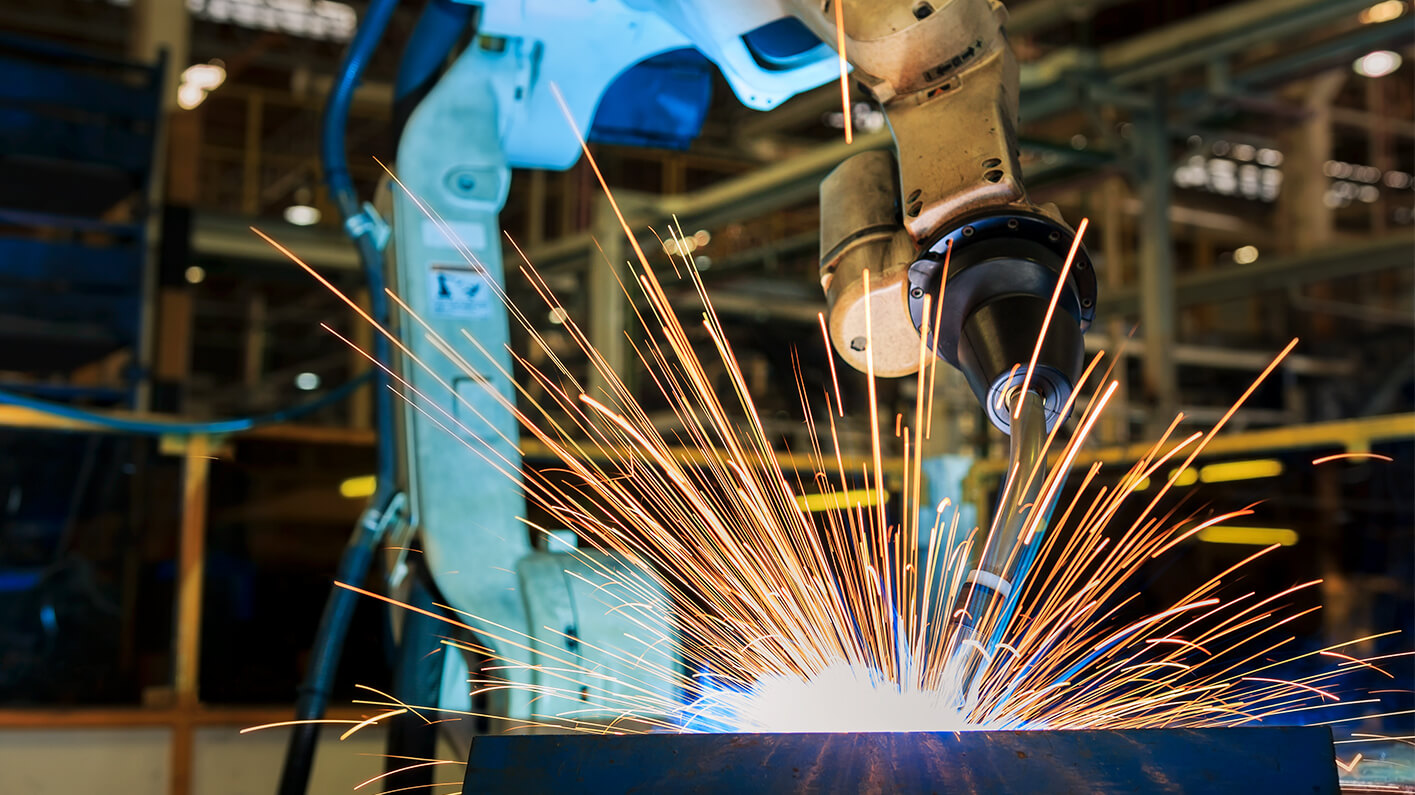The concept of “dark factory” has garnered increased attention as manufacturers are looking for better ways to drive efficiencies. A dark factory, also known as a “lights-out factory,” is a manufacturing facility that operates without human intervention, relying on automation and advanced technologies, such as robotics and artificial intelligence, to carry out all manufacturing processes, from production to quality control and maintenance.
Dark factories are designed to be self-sufficient, supported by the use of advanced technologies such as robotics, 3D printing, and machine learning algorithms, which can handle tasks such as material handling, quality control, and maintenance.
There are benefits and challenges associated with dark factories, some of which we’ll look at here.
Benefits: Continued production, less human error, improved safety
One of the main benefits is the ability to operate around the clock, without the need for human labor, which can significantly increase efficiency and productivity, while lowering costs due to the reduced need for labor. In addition, dark factories can operate in hazardous or otherwise inhospitable environments, such as in space or at the bottom of the ocean, making them ideal for certain types of manufacturing and research. This can reduce the risk of accidents and injuries, as well as the need for costly safety measures.
For example, drones equipped with cameras can be used to inspect equipment and structures, such as pipelines, bridges, and buildings that might be difficult or dangerous to access. This reduces the risk of accidents and injuries and can improved the efficiency of inspection tasks.
Another potential benefit of dark factories is their ability to reduce the risk of human error. Automated systems are less prone to mistakes and can be more consistent in their performance, leading to improved quality and reliability of products. This can be particularly important in industries such as pharmaceuticals, where even small errors can have serious consequences.
Dark factories can help to reduce the environmental impact of manufacturing. Automated systems can be more energy efficient and produce fewer emissions than traditional manufacturing processes, leading to a smaller carbon footprint.
Challenges: Malfunctions, environmental impact, security
While these factories offer a number of potential benefits, they also present a number of risks that must be carefully considered.
Dark factories could have the potential of malfunctions when automated systems fail. While automated systems are generally less prone to mistakes than humans, they are not perfect, and there is a risk of disruptions that could lead to delays or defects in products. In addition, there is the potential for cyber attacks or other security gaps that could affect the operation of the factory.
Another risk of dark factories is the potential for negative environmental impacts. While automation and advanced technologies can be more energy efficient and produce fewer emissions than traditional manufacturing processes, there is still a risk that these systems could contribute to environmental problems such as air or water pollution.
Dark factories represent an exciting and potentially transformative development in the field of manufacturing. While they present both opportunities and challenges, it is likely that we will see more of these fully automated factories in the coming years as technology continues to advance. Manufacturers who are proactively exploring opportunities to implement advanced automation, will stay ahead of the competition.
Want to know more about how Argano can help automate your business? Contact us today!






